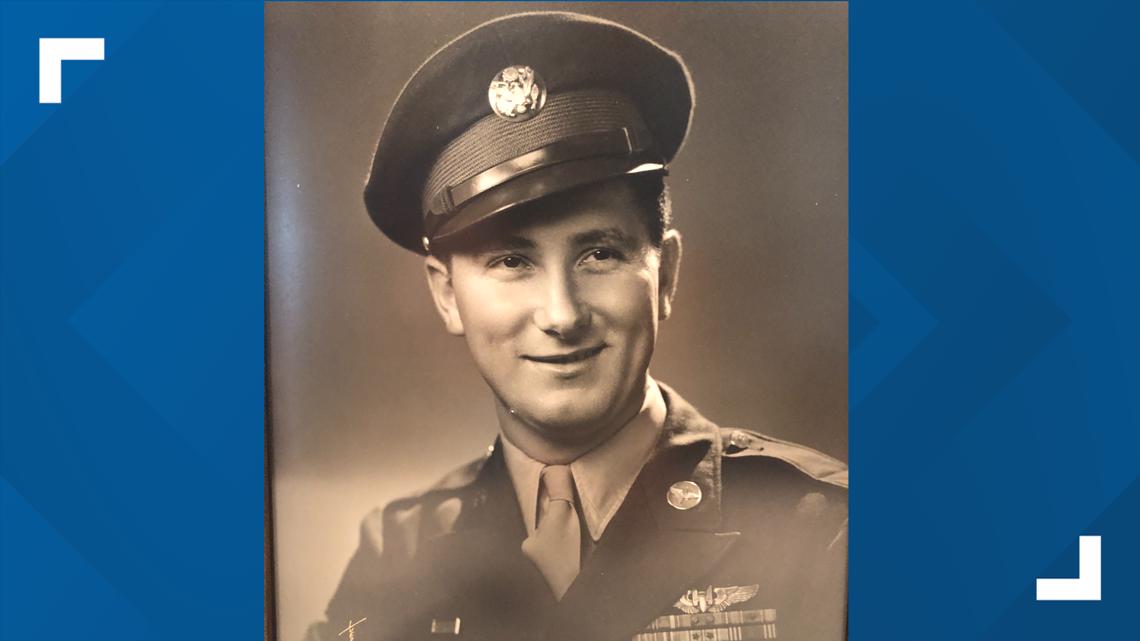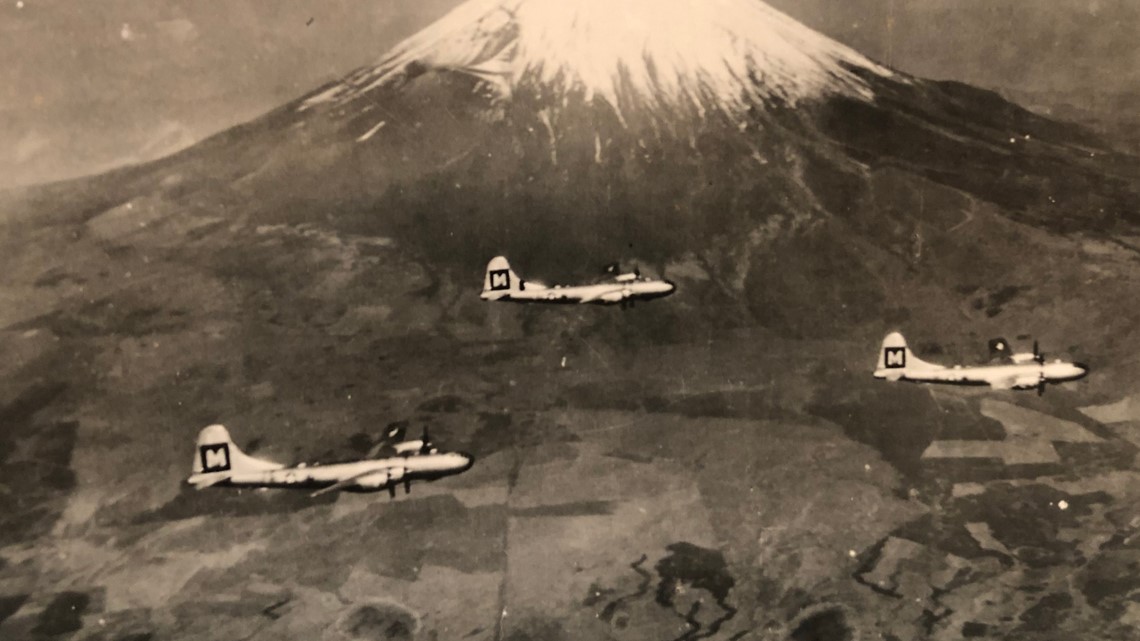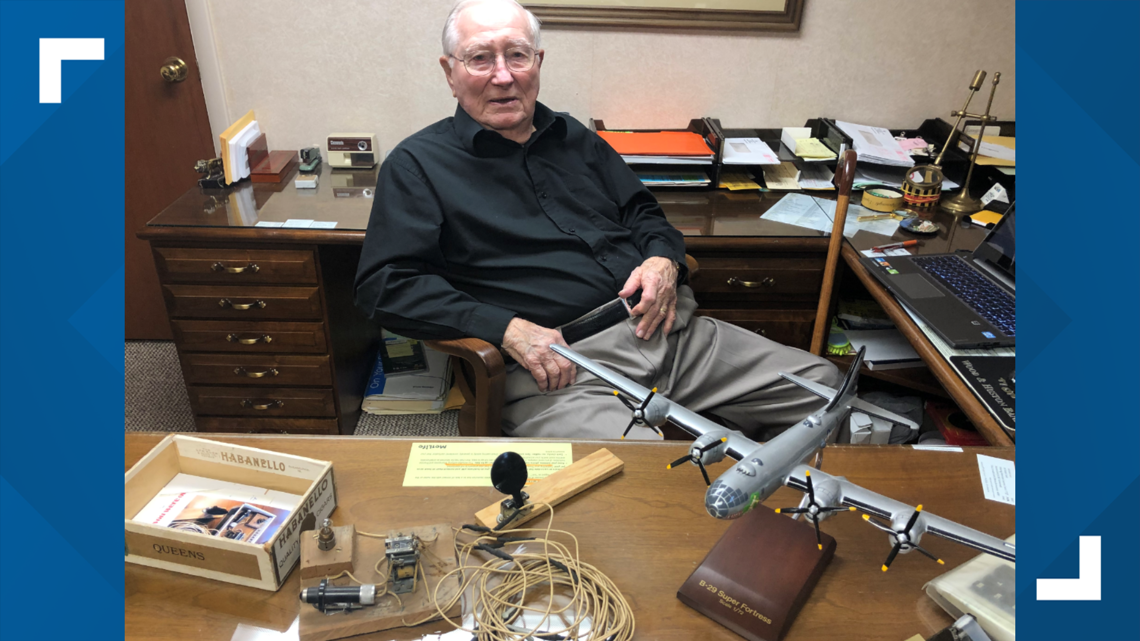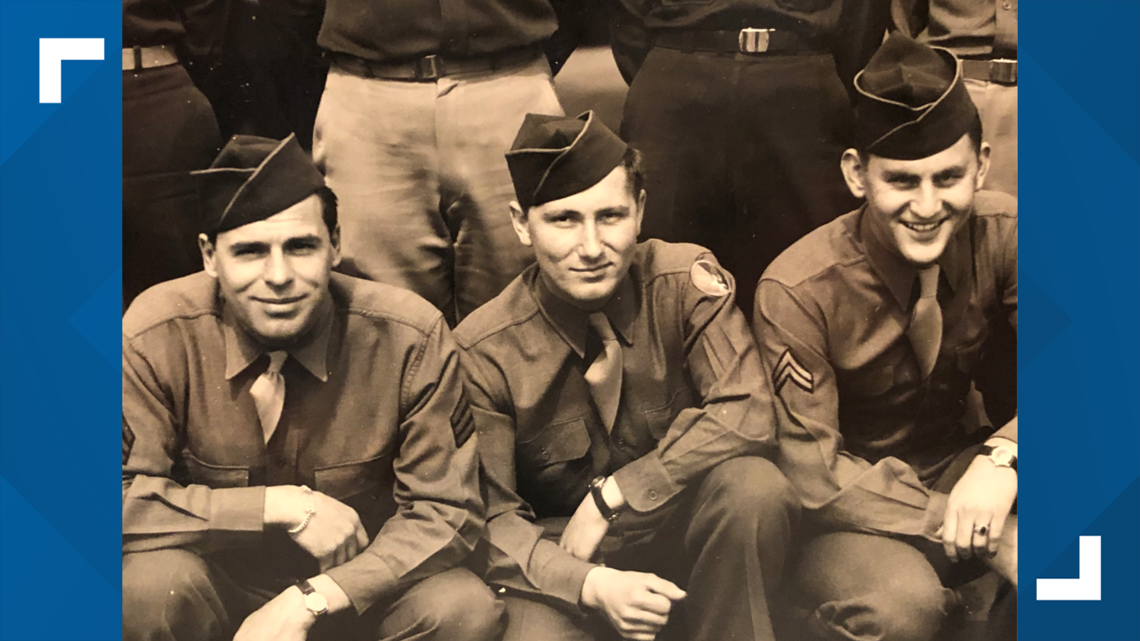JACKSONVILLE, Fla — In 1939, Kenny Bender, who was 13 at the time, remembered riding on his bicycle to deliver news that would forever change the world.
"I rode my bicycle and hollered, 'Extra! Extra,'" Bender remembered.
Germany had just overtaken Poland. Warsaw was in ruins. World War II had started.
Little did Bender know as a young teenager how much history he would witness with his own eyes.
Two years later, Pearl Harbor was attacked. Bender believed the Americans would quickly be able to defeat Japan in response to the surprise attack.
"I thought the Japanese were so stupid we'll wipe them off in a day or two," Bender remembered. "It didn't quite happen that way."


However, when the Japanese attacked Pearl Harbor on Dec. 7, 1941, America was not yet the military superpower it would eventually become.
"If you look at the size of the army in 1939 at the beginning of the war with Europe, we were somewhere around 17th in the world," said Dr. Rob Citino, Senior Historian for The National World War II Museum in New Orleans and author of 10 scholarly books on WWII.
However, knowing war was almost inevitable, the U.S. called for the first-ever peacetime draft in American history.
"A million men went into uniform by 1941," Citino explained.
Either drafted or by volunteer, 16 million Americans put on the uniform during the course of the war. The homefront turned from a mass of shocked people to ingenious, industrious workers, both men and women, who converted, for example, the Remington typewriter factory into a facility churning out semi-automatic pistols.
"[Japan] had just picked a fight with an economy 10 times bigger than their own," Citino said. "It blows my mind."
"My dad walked to work every day," Bender remembered of wartime rationing. "He didn't want to burn that precious gasoline."
Bender became a gunner on a B-29. He flew 22 recon missions over Japan to bomb key targets and photograph the before and after. The new B-29's created hell under the clouds for the Japanese.


In August 1945, news came of the dropping of the atomic bomb in Hiroshima.
"In our barracks, we were hollering and hitting each other on the back," Bender recalled.
At that point, Bender was living in a Quonset hut on Guam. He says he had no idea there would be a second bomb. However, a few days later, he noticed Jeeps with high-ranking military officials on the island. He later found out his next assignment was to fly his B-29 over the center of Nagasaki, a Japanese town with a population of more than 260,000 people.
On Aug. 9, just days after the Enola Gay dropped an atomic bomb over Hiroshima, Bender climbed into his B-29 plane to witness the aftermath of the second use of an atomic bomb in war. Just five hours after detonation, Bender's plane flew over ground zero.
"It was just a circle of fire," Bender remembered. "We went in at about 30,000 feet because we didn't know if there was radiation."
His eyewitness account to history, however, was not over.
On Sept. 2, 1945, the USS Missouri was moored in Tokyo Bay as Allied leaders accepted the formal surrender of Japan to end the deadliest war in modern history.
Staff Sgt. Kenny Bender, less than a month after the bombings of Hiroshima and Nagasaki, was in Tokyo. There were hundreds of ships in the bay. While no planes were overhead, General Douglas MacArthur had them on the periphery.


"It's theater orchestrated by Gen. MacArthur. The entire crew not in dress whites like the Japanese," Citino said. "Gen. MacArthur said we'll accept the surrender in the kind of uniform we fought this war in. Pretty good stuff."
After the documents were signed, it was time for Bender to make his flight.
"We flew in one behind each other, strung out for a long time," Bender said.


Citino said the theatrics planned by McArthur was meant to send one message to the Japanese: "Don't mess with the U.S."
Bender says his plane flew just about 400 feet above the USS Missouri.
They were so low he could see the "sailors hanging on the gun turrets." And just after the ceremony, he could see that now-famous table where the surrender was signed.
"It makes me feel wonderful to be an American," Bender remembered.
Bender, whose mind is still sharp as a tack, is also well-known for his work with the computer system on the B-29's. That's a story still coming up on First Coast News in our Voices of Valor series.
How can we thank Sgt. Bender for his years of service during WWII? Seems impossible.
.

